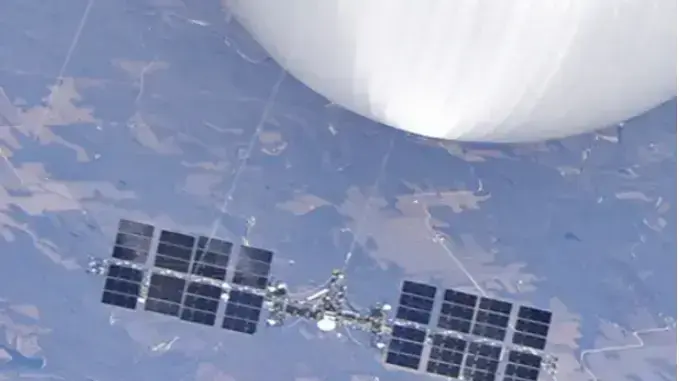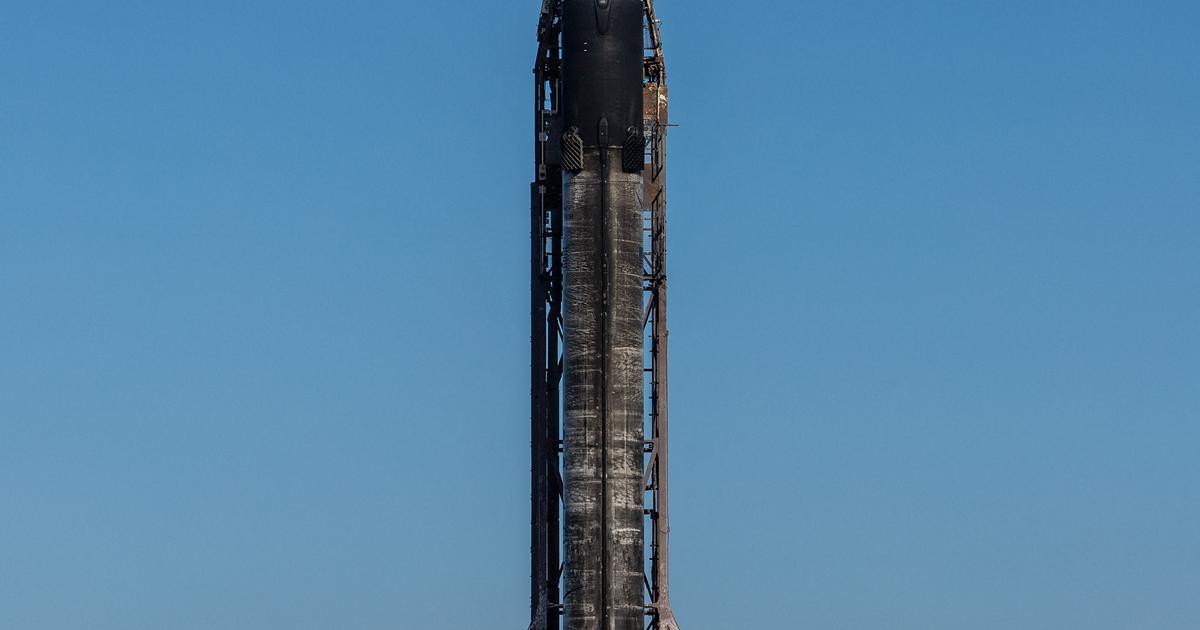A suspected Chinese spy balloon is causing a lot of excitement between the US and China.
But why didn't China prefer to use a satellite?
WASHINGTON DC - Following the downing of a suspected Chinese spy balloon by the US military on February 4, many are wondering why China should use an antiquated-looking balloon for espionage purposes.
Wouldn't a satellite be much more efficient and unobtrusive?
An intelligence expert told the
New York Post
why a spy balloon has a clear advantage over a satellite.
+
A suspected spy balloon from China caused an uproar in the United States.
In the meantime he was shot down by the Luftwaffe.
© dpa
Alleged Chinese spy balloon: advantages over satellites
The main advantage of a spy balloon over a satellite is its lower cost, Blake Herzinger, a former Navy intelligence officer, told the
New York Post
: "Balloons are a lot cheaper!
And you don't need a rocket."
In fact, satellites must first be launched into space on a launch vehicle, which incurs costs.
And contrary to their name, which evokes associations with hot air balloons, spy balloons are absolute high-tech devices: They can fly at altitudes of up to 100,000 feet or 30,480 meters, far above normal air traffic (at a maximum of 15,000 meters) and inaccessible to combat aircraft and ground air missiles.
Spy balloons are therefore difficult to detect and cannot be shot down above a certain height.
In the case of the suspected Chinese spy balloon, which had been flying over the United States for days, it was shot down at an altitude of about 18 kilometers by a US Air Force F-22 fighter jet off the coast of South Carolina.
Since then, the US-China relationship has hit a new low.
While the US sees its behavior as justified, China accuses the US of overreacting and speaks of a civilian aircraft for scientific research purposes.
China's head of state and party leader: This is how Xi Jinping rose to become the most powerful man in the world
China's head of state and party leader: This is how Xi Jinping rose to become the most powerful man in the world
Alleged spy balloon from China: A perfect combination
Former Navy intelligence officer Herzinger told the
New York Post
that this would not have been possible if the balloon had flown at a higher altitude: "If this balloon had been at 80,000 feet, an F-22, for example, could not reach it , and neither could ground-launched [surface-to-air missiles],” he said.
Another advantage is that spy balloons are more maneuverable and better at hovering over a target object than satellites.
Iain Boyd, a professor of aerospace engineering at the University of Colorado, wrote on
The Conversation
, a publishing platform for scientists, satellites in geosynchronous orbit (moving synchronously with Earth) can also take continuous pictures, but not as clearly as there they are farther away from the surface of the earth.
Satellites with lower earth orbits, on the other hand, are closer to the ground and can therefore see objects more clearly, but are constantly in motion.
It would take them about 90 minutes to orbit the earth.
This complicates the targeted observation of certain target objects.
A clear disadvantage compared to spy balloons.
“A balloon gets the best of it in a way.
These balloons are much, much closer to the ground than either of the satellites, allowing them to see even more clearly.
And then, of course, balloons move, but they move relatively slowly, so they also have some endurance," Boyd said.
(kasa)
List of rubrics: © dpa












/cloudfront-eu-central-1.images.arcpublishing.com/prisa/KMEYMJKESBAZBE4MRBAM4TGHIQ.jpg)


